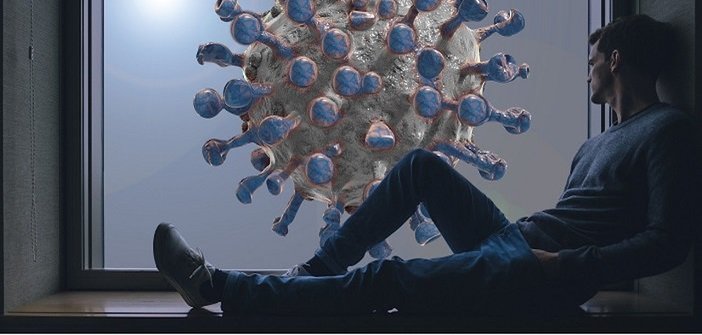Certainly, we may have forgotten, but there is a link between the architecture of our cities and epidemics. In terms of urban planning, this means that COVID-19 is going to change cities and housing.
The health crisis has highlighted how unequal the French are in terms of housing: its size, potential overcrowding, access to outdoor spaces, adaptability to teleworking necessities, or proximity to essential work for the nation. The quality of housing is therefore a future challenge, both in new and old properties, in high-demand areas as well as in medium-sized cities or rural areas.
It has also reminded us that while housing plays a major role in the daily lives of households, it also contributes to the attractiveness of territories. Too often it participates in the territorial divide and is a vital component of ecological and energy transition.
This health crisis has triggered an economic and social crisis that has exacerbated an existing housing crisis for several years. The construction figures for 2020 show 100,000 fewer housing units, with certainly negative ripple effects in 2021.
To catch up on this delay as quickly and sustainably as possible, resources must be mobilized. To do so, as with the pre-war housing crisis, affordable housing needs to be developed by taking on the challenge of “land sobriety” or the goal of “zero net artificialization” by avoiding any blockage, adapting to the reality on the ground, deregulating to make local urban plans (PLU) simpler and more applicable. For this purpose, a better understanding of land is crucial for implementing a more virtuous urbanism that isn’t necessarily more costly for local authorities.
Let us dare to promote an acceptable and accepted density that is adapted to the crisis we have experienced with shared outdoor spaces to avoid proximity. Let us dare to reintegrate nature into the city by raising or elevating buildings and freeing up ground space.
A dense city is also one of rediscovered solidarity or the proximity of healthcare and services accessible by foot.
By promoting the compactness of our cities, we will avoid the increase in housing costs, which is indeed a significant barrier to reviving residential mobility and thus to homeownership.
The health crisis has also highlighted how housing is a basic necessity. Efforts must continue to be made to secure access to and maintain housing in light of a worrying rise in poverty.
Finally, given the experience of teleworking and the lasting evolution of these practices in businesses, office real estate could lead to the conversion of buildings into housing in city centers, and thus drive institutional investors to reposition themselves in the housing market, which offers stable returns and low risks.
Let us finally conceive that housing in the broadest sense is a long-term sector, in which we build for decades or even much longer, and more than ever, real estate must be a tool for territorial development.
Dominique Estrosi-Sassone
Senator of Alpes-Maritimes


